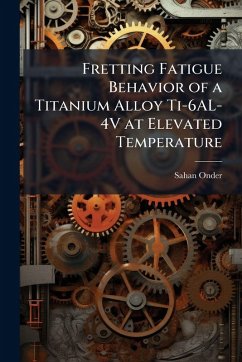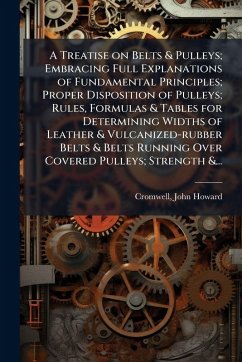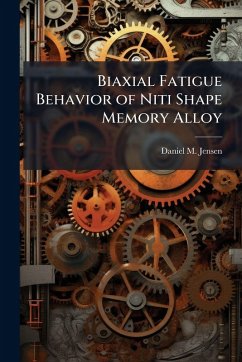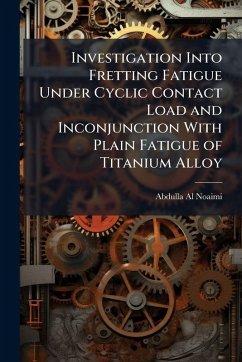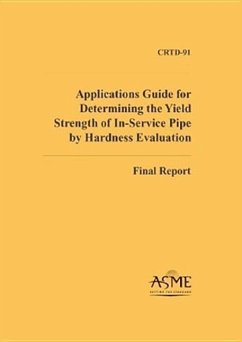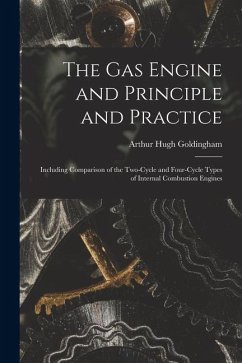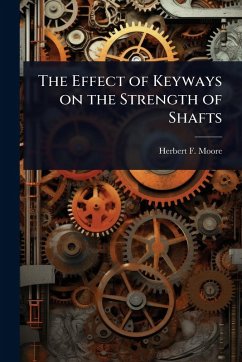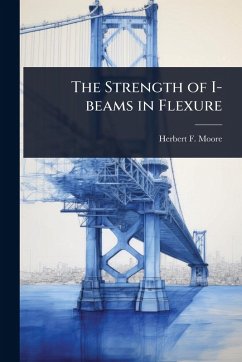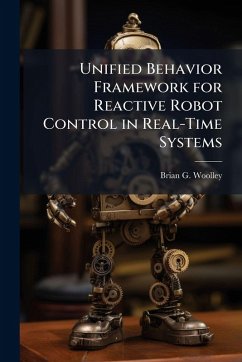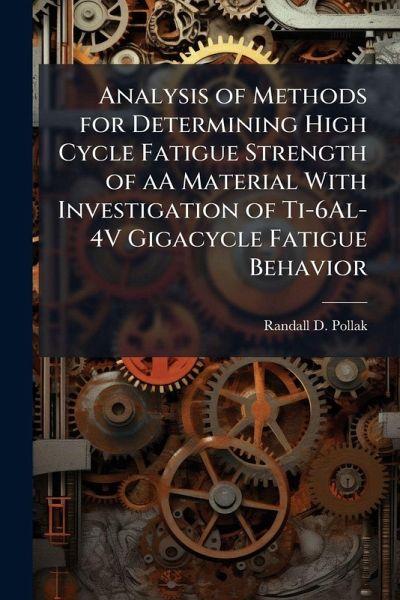
Analysis of Methods for Determining High Cycle Fatigue Strength of aA Material With Investigation of Ti-6Al-4V Gigacycle Fatigue Behavior

PAYBACK Punkte
11 °P sammeln!
The onset of mechanical failures due to metal fatigue has been a constant source of concern for engineers ever since the initial discoveries of fatigue-related phenomena in the early 1800s. Today, aerospace engineers still grapple with the qualitative and quantitative understanding of fatigue behavior in the design and testing of turbine-driven jet engines. The Department of Defense has taken a very active role in addressing this problem with the formation of the National High Cycle Fatigue Science and Technology Program in 1994. The primary goal of this program is to further the understanding...
The onset of mechanical failures due to metal fatigue has been a constant source of concern for engineers ever since the initial discoveries of fatigue-related phenomena in the early 1800s. Today, aerospace engineers still grapple with the qualitative and quantitative understanding of fatigue behavior in the design and testing of turbine-driven jet engines. The Department of Defense has taken a very active role in addressing this problem with the formation of the National High Cycle Fatigue Science and Technology Program in 1994. The primary goal of this program is to further the understanding of high cycle fatigue (HCF) behavior and develop methods in order to mitigate the negative impact of HCF on aerospace operations. This research supports this program by addressing the fatigue strength testing guidance currently provided by the DoD to engine manufacturers, with the primary goal to investigate current methods and recommend a test strategy to characterize the fatigue strength of a material at a specified number of cycles, such as the 109 design goal specified by MIL-HDBK-1783B, or range of cycles This work has been selected by scholars as being culturally important, and is part of the knowledge base of civilization as we know it. This work was reproduced from the original artifact, and remains as true to the original work as possible. Therefore, you will see the original copyright references, library stamps (as most of these works have been housed in our most important libraries around the world), and other notations in the work. This work is in the public domain in the United States of America, and possibly other nations. Within the United States, you may freely copy and distribute this work, as no entity (individual or corporate) has a copyright on the body of the work. As a reproduction of a historical artifact, this work may contain missing or blurred pages, poor pictures, errant marks, etc. Scholars believe, and we concur, that this work is important enough to be preserved, reproduced, and made generally available to the public. We appreciate your support of the preservation process, and thank you for being an important part of keeping this knowledge alive and relevant.



